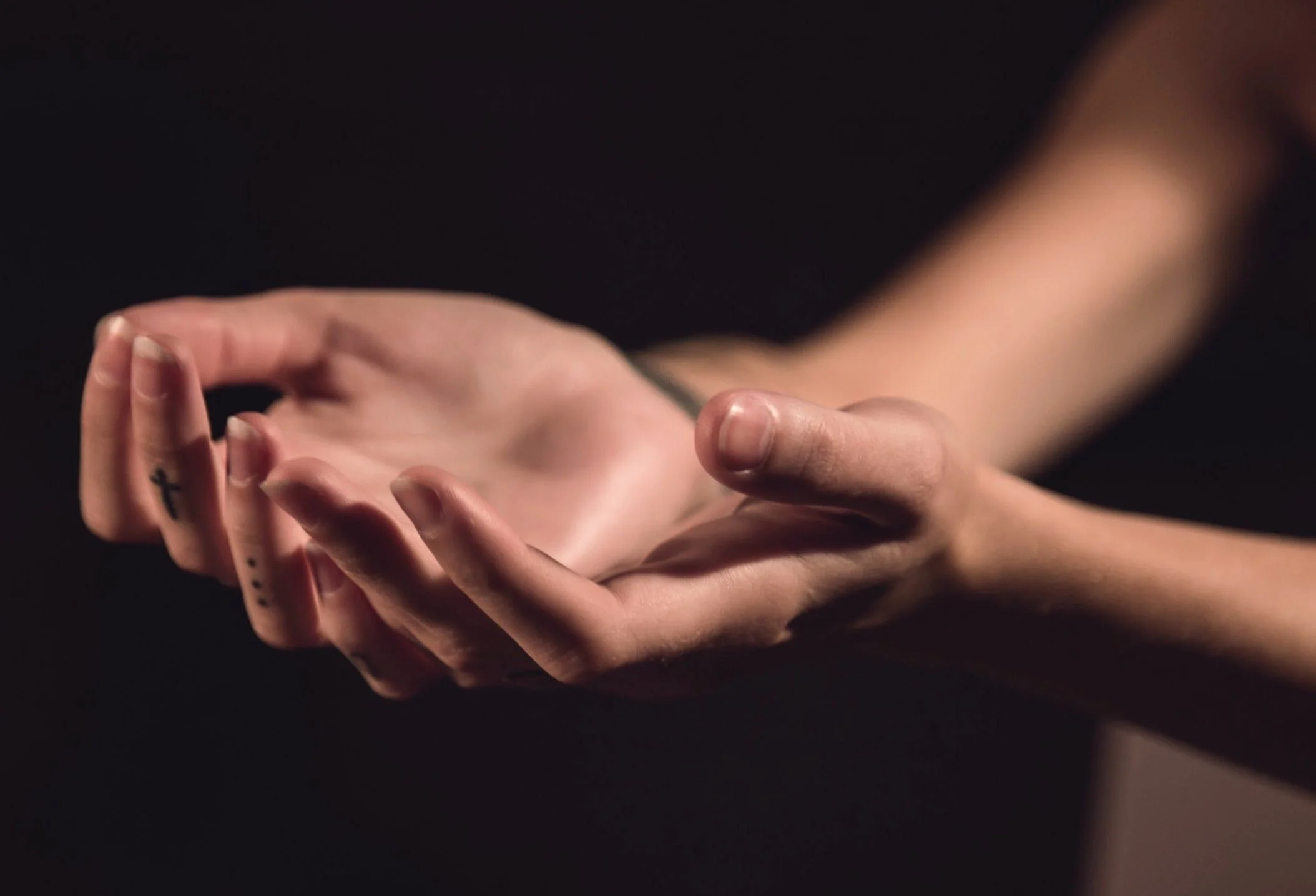Discovering the Magic of Reiki: What is it and What are the Benefits?
As a Reiki practitioner, I’m asked quite often, “What is Reiki?” With that being said, Reiki is a form of alternative therapy that originated in Japan. It is a holistic healing technique that involves the transfer of energy from the practitioners hands to the body through gentle touch in a series of hand positions on the front and back of the body as well as the head. The word “Reiki” refers to the universal life force energy that is present in all living things and all around us. During a session, this energy is channeled to promote balance and healing in the body, mind and spirit. The practice is performed by an initiated therapist with the aim of restoring the natural equilibrium of energy in the body.
Our physical, emotional, and mental states are all interconnected and when this harmony is disrupted, it can lead to illness and/or emotional distress. These blockages in our systems can be caused by trauma and stress. Reiki works by activating the body’s natural healing abilities, promoting homeostasis, and encouraging a sense of relaxation and calm. I’ve had many clients tell me that they have had beneficial emotional releases after a session or like something heavy had been lifted off of them.
This form of energy therapy has been used to treat a wide range of conditions, including physical ailments such as headaches, digestive problems, and chronic pain, as well as emotional issues such as anxiety, depression, and stress. Reiki is also commonly used as a form of complementary therapy alongside conventional medical treatments, with many hospitals and clinics offering Reiki sessions to support the healing process. One of the main benefits of Reiki is its ability to promote relaxation, which can help to reduce stress and anxiety. This can have a positive impact on both physical and emotional health, as stress is known to be a major contributor to a range of health problems. It has also been shown to boost the immune system, reduce inflammation, and improve sleep quality.
While there is currently limited scientific research on the benefits of Reiki, many people who have experienced the practice (including myself) swear by its effectiveness. Reiki is a gentle and non-invasive form of healing that can be enjoyed by people of all ages and backgrounds. Whether you’re looking to treat physical symptoms or emotional issues, Reiki can be a powerful tool for promoting balance, healing and wellbeing as it’s said that Reiki is intelligent and knows where to go for each individual.
Besides the benefits of Reiki itself, there IS science that backs the benefits of the gentle touch involved. Gentle touch during Reiki can help to calm the nervous system. It can also help to stimulate blood flow, which can bring oxygen and nutrients to the body's tissues and help to remove waste products. Gentle touch has also been shown to assist in releasing tension, which can help to reduce feelings of pain and discomfort. Hands on touch can be a powerful tool for promoting emotional healing, as it helps to create a sense of connection and comfort.
To conclude, Reiki is a form of holistic healing that aims to promote physical, emotional, and spiritual well-being. It is based on the principle that the practitioner can channel healing energy into the client's body to restore balance and promote natural healing processes. Whether you are seeking relief from physical pain, emotional distress, or simply looking to improve your overall well-being, Reiki can be a powerful tool to help you achieve your goals. With its gentle touch and emphasis on connection and healing energy, Reiki has the potential to transform not only your body but also your mind and spirit. So, if you're curious about Reiki, consider giving it a try and experience its transformative effects for yourself!
Book a session.

